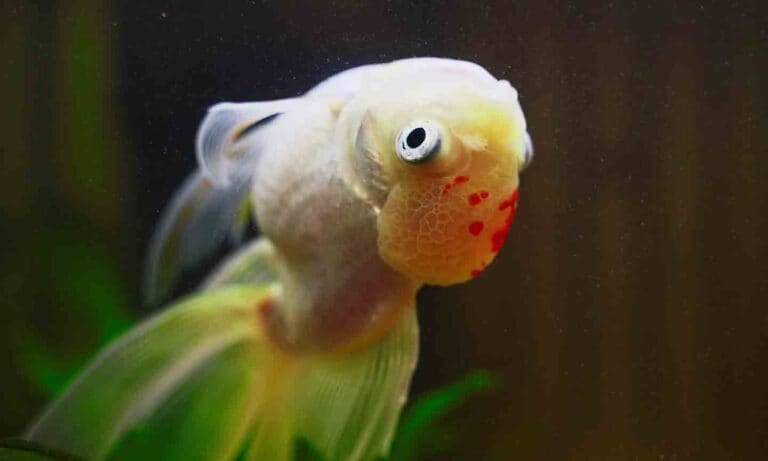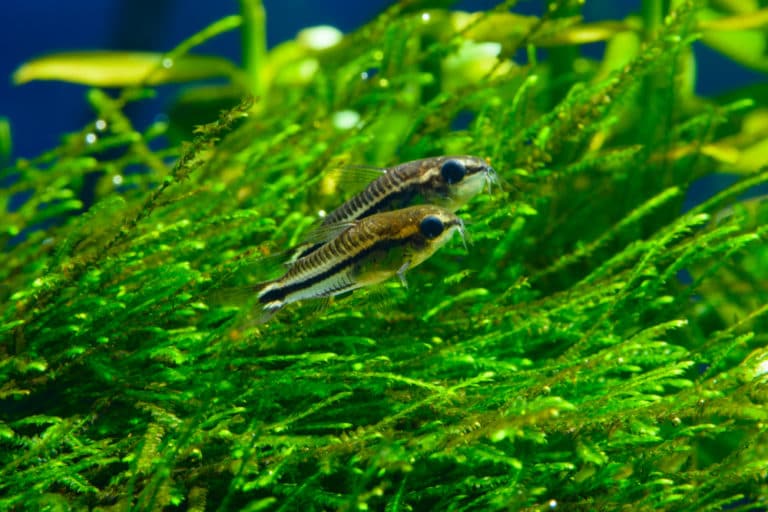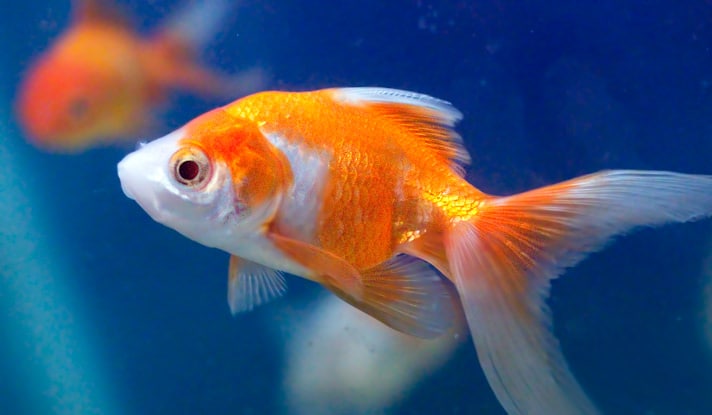Because their teeth are constantly growing, pufferfish need a crunchy diet, and sometimes remedial teeth care and dental work.
Identification
Pufferfish have teeth fused together into a beak-like structure worked by powerful jaw muscles. Pufferfish jaws are strong enough to crush snails and crack open crabs, but in feeding this way their teeth are constantly being eroded. To compensate for this their teeth grow continuously, like the teeth of rodents.
In captivity pufferfish rarely eat as much crunchy fish food as they do in the wild, and their teeth can grow faster than they are worn away. Over time pufferfish teeth can become overgrown, and in extreme cases this makes it impossible for them to feed themselves. Without remedial teeth care and dental work this quickly leads to starvation.
Apart from pufferfish, other fish in the tetraodontiform group can be prone to this sort of tooth problem as well, including porcupinefish and triggerfish.
Pathology
The teeth of healthy pufferfish are barely visible beyond their lips, with perhaps only the tips of their upper and lower “beak” being visible. Pufferfish with overgrown teeth look much more bucktoothed, and in extreme cases the teeth extend so far forward the pufferfish cannot open or close its jaws properly.
Diet
Overgrown pufferfish teeth are a result of improper diet, and the best way to ensure good teeth care and dental health is to provide pufferfish with a diet filled with crunchy fish foods. In other words, fish food items should be whole and unshelled. Good options include snails, clams, mussels, shrimp, prawns, woodlice, crayfish and small crabs.
Choose fish food items of appropriate size to the pufferfish being kept. Snails come in a wide range of sizes and being primarily herbivores or omnivores they are easy to gut-load with vitamin-rich flake food prior to use. Crustaceans such as shrimps and crabs contain a lot of thiaminase and used too often will cause vitamin B1 deficiency, but they are easy to cut or dismember into bite-sized chunks that can be given to pufferfish unable to eat them whole. Also rich in thiaminase are mussels, but their thin shells make them easier for pufferfish to open than cockles or clams, and if smashed a bit first, mussels can be fed to medium to large pufferfish with ease.
Do bear in mind that pufferfish prefer soft prey, and may decline to eat snails if there is something available that’s easier to eat, such as the fins of their tankmates. This is one very good reason why pufferfish are best kept in a single-species aquarium.
Species with Fast-Growing Teeth
Among the freshwater species, the South American pufferfish (Colomesus asellus) and the two Asian green bottle pufferfish (Auriglobus modestus and Auriglobus silus) are the ones most likely to develop overgrown teeth, no matter how carefully their diet is regulated.
The bigger marine pufferfish are also prone to overgrown teeth, including all the Arothron species such as Arothron hispidus and Arothron nigropunctatus. Spiny pufferfish, more properly referred to as porcupinefish, have fast-growing teeth as well, and species such as Diodon holacanthus and Diodon hystrix may need teeth care and dental work from time to time.
Teeth Care and Dental Work
Depending on the size of the pufferfish, overgrown teeth can be trimmed back using either cuticle clippers (ideal for small species) or a hobby-sized rotary tool with a buzz-saw blade (better for the larger species).
While some fishkeepers downplay the need for sedation prior to any dental work, in practice sedating the pufferfish first will make trimming its teeth easier and far less stressful for all concerned. Two sedatives are recommended, MS-222 and eugenol, also known as clove oil. Both will kill fish if overdosed — in fact they are widely used to euthanize aquarium fish — but if used properly are completely safe.
MS-222 will likely need to be obtained from your veterinarian, and he or she will indicate the correct dosage for the size of the fish that needs to be sedated, 100 ppm being typical. Clove oil can be purchased from drugstores and health food shops, and a dose of 4 drops per liter is recommended. Either way, the pufferfish should calm down within 30 seconds. Do bear in mind that sedation slows down gill movements too, and while it is sedated the fish is essentially holding its breath, so it’s important to get the teeth care and dental work done quickly.
Hold the fish firmly using thoroughly wetted hands. Small pufferfish can be held in one hand while the cuticle clippers are used with the other to nip off the tips of the beak. When larger pufferfish are being treated the operation requires two people: one person holds the pufferfish steady while the other person slices through the tips of the beak with the rotary tool.
Take very great care not to cut the pufferfish’s lips, doubly so if a rotary tool is being used. If you aren’t 100 percent confident in your abilities to handle this type of work, call your vet for help, or get in touch with your local aquarium club to see if any of its members are experienced at this sort of procedure.
Recovery
After treatment place the pufferfish in a net and lower the fish into its aquarium. It should soon recover, and within a minute or two will be active enough to set loose. It may take an hour or two before the pufferfish completely becomes its normal outgoing self.
Posted by: Chewy Editorial
Feature Image: Arunee Rodloy/Shutterstock.com
Share:









